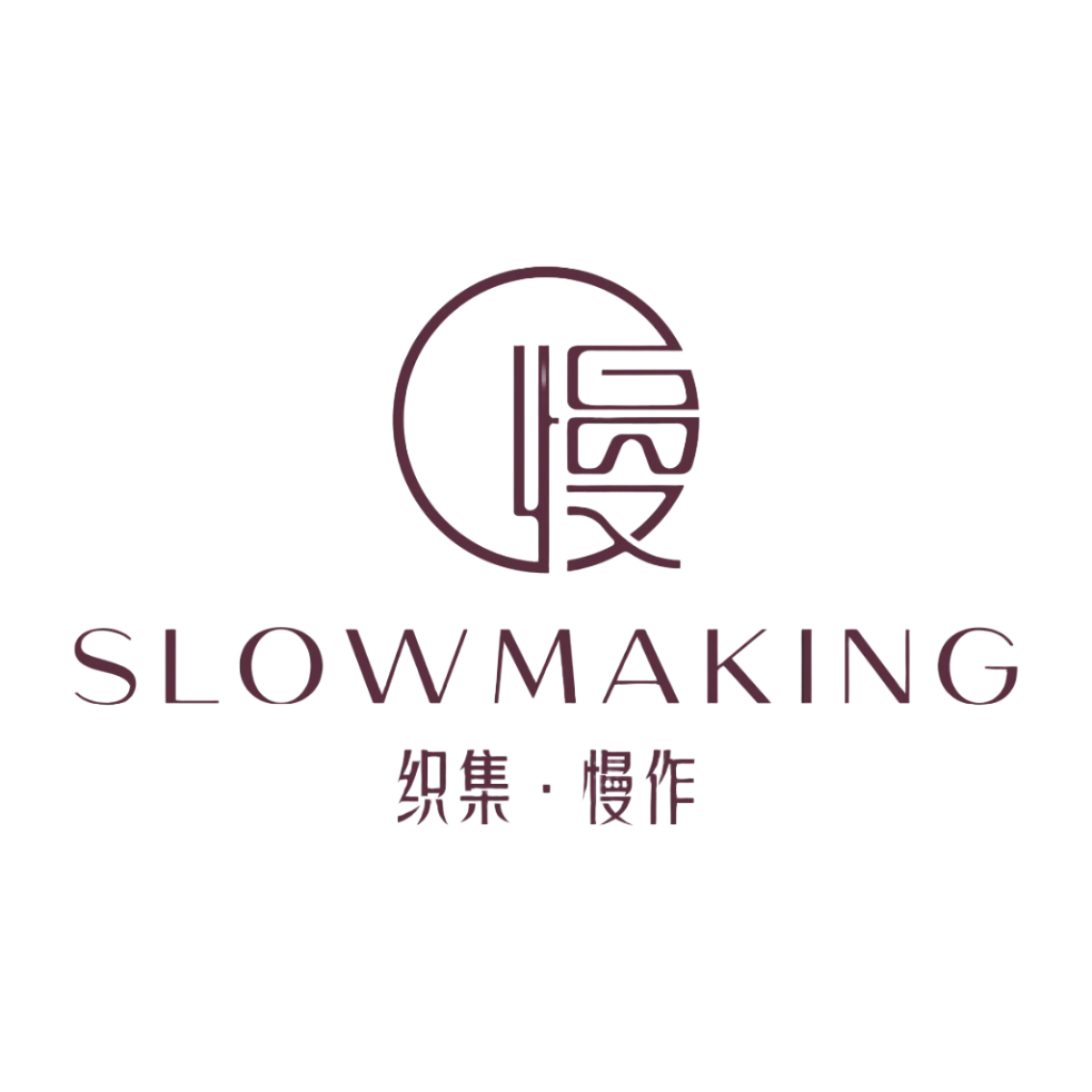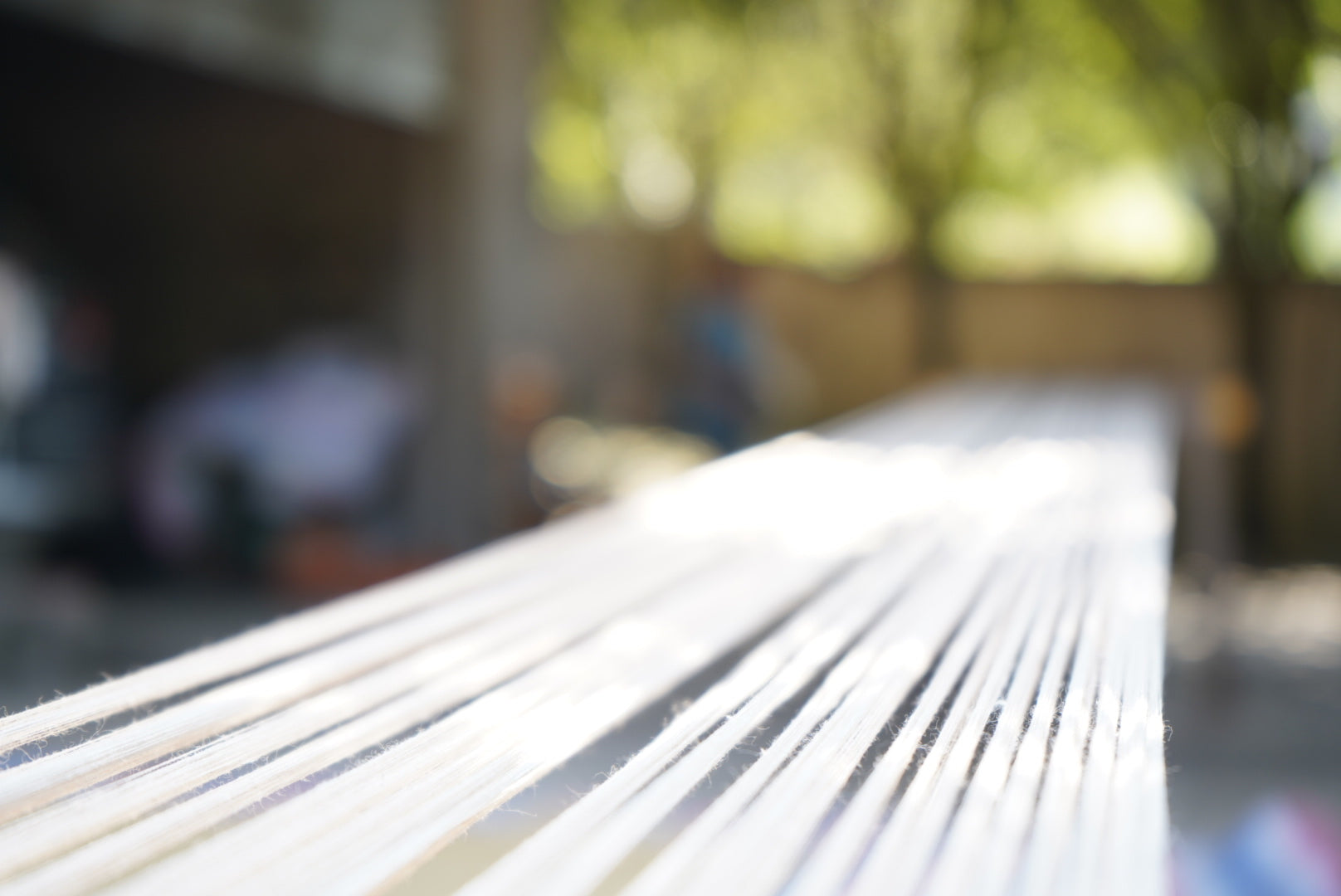In the northern parts of Hunan province, you may find a mountainous paradise known for its long-established roots in handwoven ramie (or "xia bu" in Chinese). Decades prior, you could hear sounds of the working looms echoing across the village - and now, Master Tan (谭智祥) and his wife are the rare few who are still keeping these traditions alive.

Ramie (xia bu, 夏布), a linen-like fibre derived from the stalks of the Chinese nettle plant, has been cultivated and used in China for many centuries. Often regarded as the queen of bast fibres, ramie is known for its strength and silky luster in the finished fabrics, as well as its resistance to wrinkling, shrinking, and mildew.
The process of transforming the ramie fibres into fabric is similar to that of manufacturing linen from flax. It is highly manual and time consuming - merely 30m of ramie fabric could take up to 6 months and some 20 plus steps!
Raw ramie is found in the bark of the nettle plant, hence it is scraped, separated from the harvested stalks, dried, degummed to improve its tensile strength and elasticity, then prepared for the spinning of the yarn. Finally, when the ambient humidity is sufficiently high, these ramie fibres are then fed into a traditional wooden loom for the final weaving.

Master Tan (谭智祥) is a fifth generation artisan who has been practicing and innovating for over forty years. Since he was a teen, he would spend the days with his father investigating and designing new tools and looms, as well as coming up with new creative patterns - now amounting to some 400 designs!
Although ramie has had its challenges finding popularity in modern day industry, largely due to its costly, labour intensive process, Master Tan has never compromised on his quality. The diligence of his process has earned him the respect and recognition of Japanese importers and patrons for the past twenty years!

Despite facing increased challenges, whether in market demand or the recruitment of next generation artisans, Master Tan has never given up hope and is committed to, in his words, "passing the warmth from his palms to others through his handwoven ramie."
Check out our interview with Master Tan to get a glimpse into his process and hear first-hand on how he’s trying to keep these traditions alive!


Share:
Tujia cross-stitch
Split Thread Embroidery